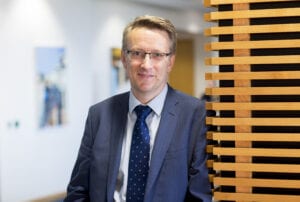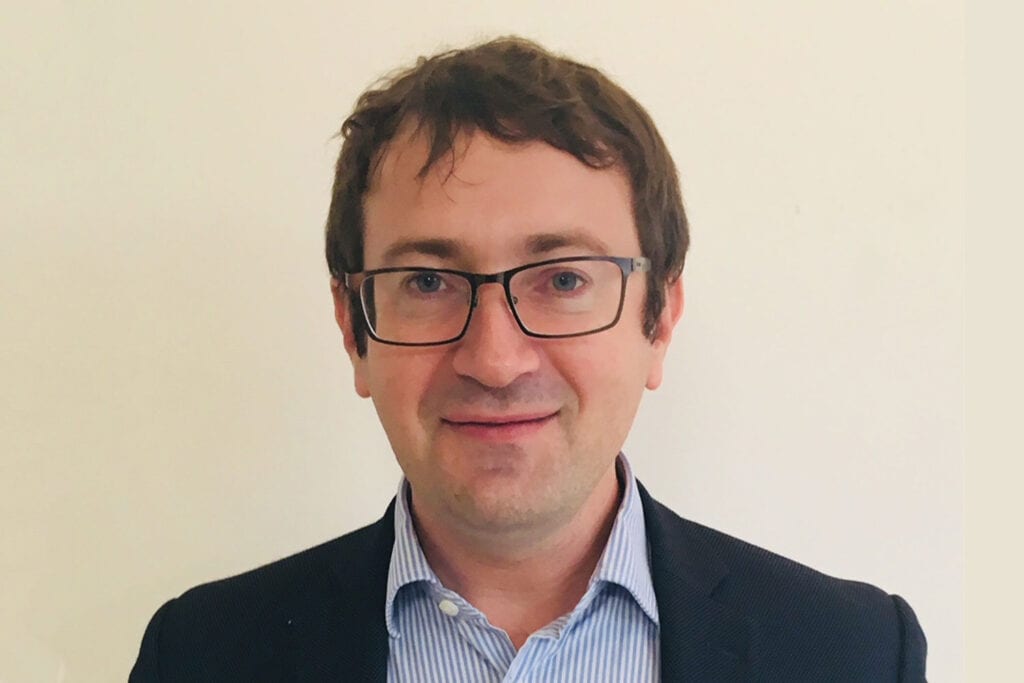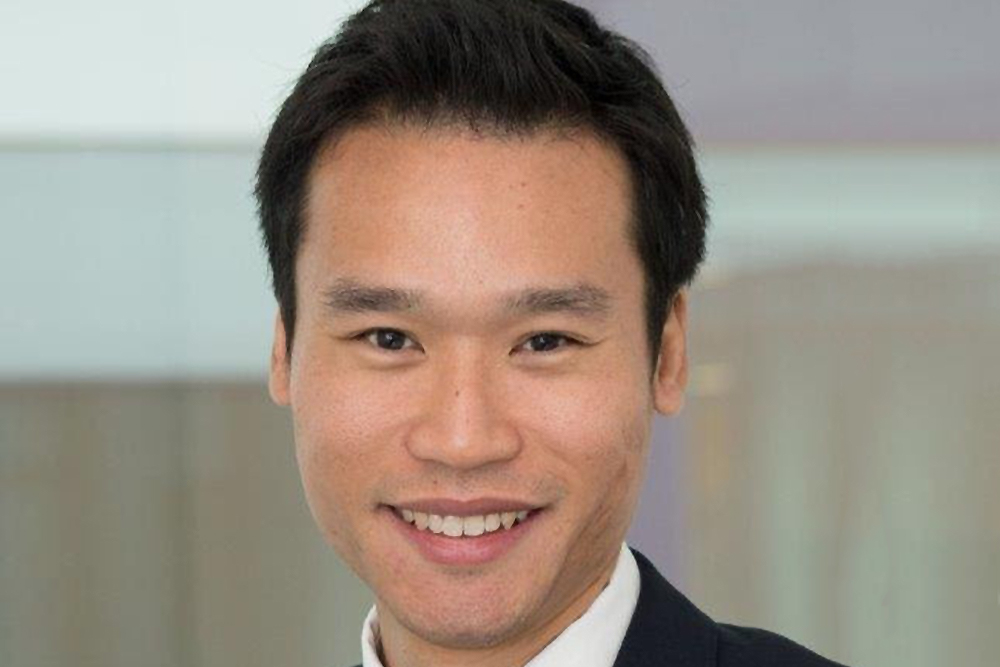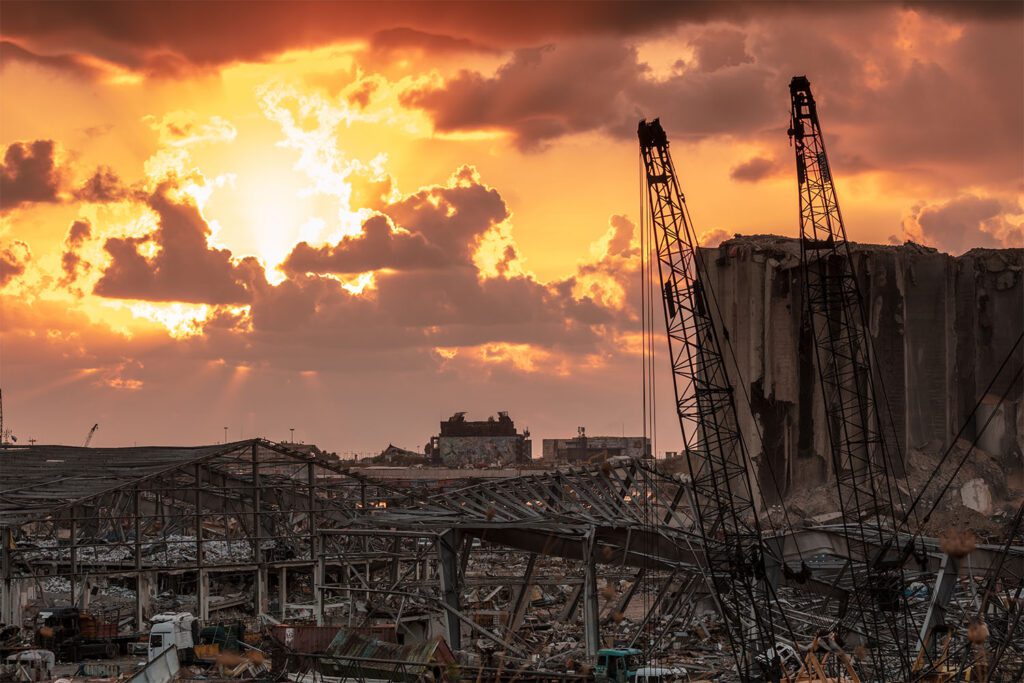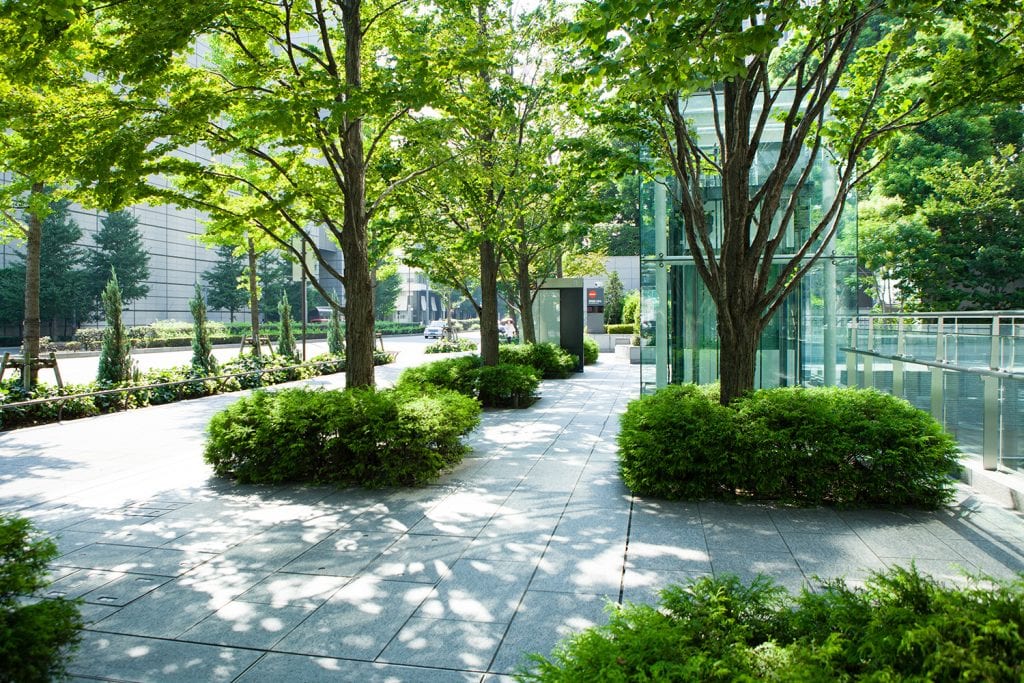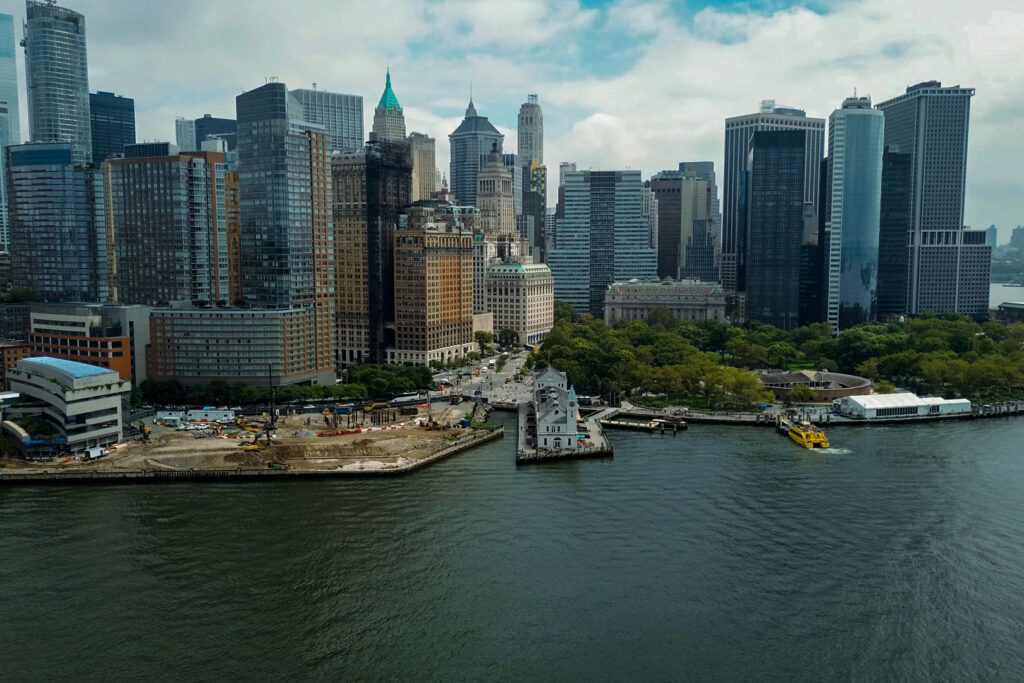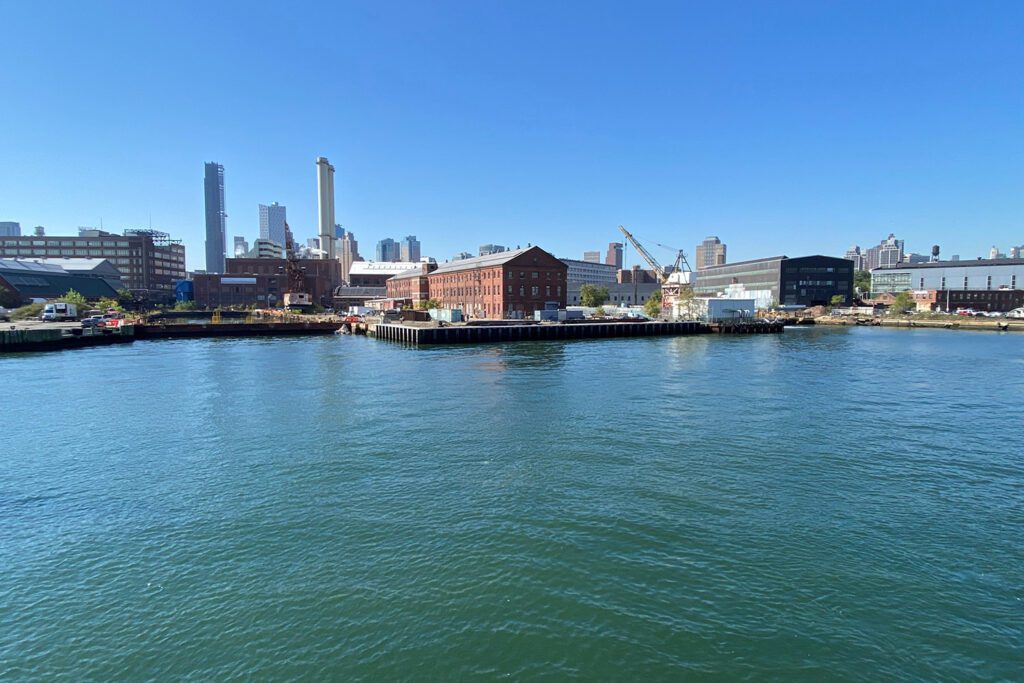Using Special Economic Zones as a tool for building economic growth
In a global economy, competition for ways to find a trading advantage over rivals has always been the cornerstone of driving ambition and growth within regions. A Special Economic Zone (SEZ) is one of the most common vehicles to delivering a supercharge to an area’s international trade performance.
They can be driven by very different policy anchors – including some linked to the latest in innovation and Industry 4.0 trends, while others can be focused on a specialised geography, such as an aerotropolis or a local tourism industry.
The re-emergence of the concept of freeports in the UK in recent months, has demonstrated the British government’s own vision to drive growth and innovation in targeted regions as part of its levelling-up agenda and in a bid to give the economy a post-pandemic boost.
But SEZs – of which freeports are just one iteration – are helping to turn the wheels of global trade internationally. Many countries have adjusted their policies and guidelines in response to the pandemic and the trends of regionalising supply chains to provide additional resilience to geopolitical shocks and to target new opportunities.
Increasingly environmental and social protection and alignment with sustainable development goals are needed for zones, including the incorporation of circular economy solutions to attract multinational blue-chip corporations, which are committed to meeting these goals.
Buro Happold’s expert consulting team has supported more than 50 SEZs internationally. As a global, interdisciplinary organisation, comprising planners, economists, policy experts and engineers, our expert insight brings the capacity to help shape an SEZ project with both a deep technical and financial expertise in all related sectors (environment, transport, industry, water and energy) with the understanding of the economic, legal and financial context.

An SEZ is an area that is subject to different economic regulations than other regions within the same country. These bespoke economic regulations are designed to be conducive to – and attract – foreign direct investment (FDI).
But as well as being created to facilitate rapid economic growth by leveraging tax incentives to attract foreign investment, the model often seeks to bring wider benefits, such as driving up the skills levels and sparking technological advancement within a region. This can mean encouraging investment in the infrastructure for a more sophisticated supply chain, encouraging the integration of cutting-edge technology – from robotics to Internet of Things sensors.
But more often it is focused on adding layers of value to the treatment of a region’s own resources and materials. By introducing elements of industrial processing to raw materials within the economic zone, a great deal of value can be added over simply exporting the raw materials to more industrialised nations.
However SEZs can be technically challenging and politically sensitive to develop – with governments potentially leaving themselves vulnerable to accusations of regional favouritism or producing an uneven economic playing field.
Werner van Zyl, associate director for economic development at Buro Happold says SEZs are complex economic models that need to be tailored to an individual region.
“SEZs come with advanced infrastructure,” he says. “They typically come with a package of investment incentives. They are professionally managed by a dedicated operator. Then a government typically will introduce policy and legislation and regulations specifically to stimulate development within these zones, in target sectors.”
“They can be a policy vehicle for governments to stimulate exports, but can also be seen as laboratories where countries can experiment with different and new types of industries. The whole advent of the Fourth Industrial Revolution and the rise of digital [integration of supply chains] provide very good examples.”
What we have seen in South-East Asia, China, Singapore, South Korea, are these new types of advanced special economic zones, where governments can experiment with the frontiers of new product development, new supply chains, but underlying that is still a strong motive for exports and foreign earnings.
Werner van Zyl, Associate Director, Buro Happold
Driving development
SEZs are particularly powerful tools for stimulating economic growth in the developing world, and much of Buro Happold’s experience in the field has been around supporting schemes in regions such as Africa, India and Indonesia, where SEZs and the infrastructure they deliver can be truly transformative.
In 2015 Buro Happold was appointed by the World Bank Group to carry out a demand study and forecast for the Government of Côte d’Ivoire’s proposed SEZ programme. This was part of the government’s ambitious National Development Plan, which called for a private sector-led acceleration in growth, building on various advantages and potential sources of growth, with the objective of enabling Côte d’Ivoire to become an emerging economy within five years.
We delivered an integrated method of delivery, linking economic planning, site planning and a strong focus on the overall value proposition for the sites in question. The purpose of the demand survey was firstly to determine if there is sufficient demand for the services of an SEZ – including a zone focusing on textiles and garments – on pre-identified sites in Côte d’Ivoire.
In addition to this, it was intended to act as a tool to allow the government to identify the potential mix of incentives that would encourage and catalyse the local and international investment community to locate in such zones.
As such, the demand study focused on five priority sectors – textiles, cashews, fruits and vegetables, rubber, and transport and logistics. The consultant team contacted more than 500 companies, including over 300 international companies, and received a total of 95 responses from senior level decision makers.
Based on the survey results and market analysis undertaken, the consultant team was able to make projections within each of the five-year periods under review, to determine the level of job creation and size of the five priority sectors. The team also undertook a process of site-specific assessment in order to make recommendations for future study and carried out analysis to recommend how sites and sectors should be prioritised for the most likely chance of success.

We conducted similar pre-feasibility and market demand studies in Kenya in 2017. As part of the Kenya Investment Generation Programme, the country was proposing to establish SEZs in several key locations across the country, to act as international business and trade hubs. We provided strategic advice on which sectors to target within the sites, in order to have the greatest benefit on Kenya’s long-term economic development and promote balanced development across the country in terms of investment in infrastructure and poverty alleviation.
We worked closely with the World Bank Group’s Trade and Competitiveness Global Practice, undertaking policy reviews, stakeholder meetings, investor surveys, site assessments, and industry sector analysis and forecasts. The success of this project resulted from constant collaborative work with local stakeholders and our client.
Whether initiated by a private company or a state government, it is often critical for an SEZ bid to demonstrate its value to a bank or investment backer.
We can help a government or a private company to shape and scope an SEZ project and identify the key players. Then at a point it will need to go to the investment market – these projects would tend to be 70% funded through borrowing. So then we need to interrogate the plans and answer all the questions that will convince the lenders that the plan is solid.
Henry Chan, Associate Director for Infrastructure Economics

Strategic groundwork
Our evidence-based research involves the identification of viable industry sectors to ensure the effective development of the SEZs, with long-term demand forecasts of their likely success. The clothing, textiles and apparel (CTA), manufacturing and agro-processing industries were examined in particular in Kenya for their potential to support the country’s economic growth, given the competitive advantage that exists and interest from international investment, as well as the natural resources and geographic location of Kenya.
By identifying the most relevant activities for the SEZs, our pre-feasibility study provides focus to the client on the most impactful industries to pursue private investment in. The sectors recommended would also generate significant employment opportunities in advanced, high-value industries that would be internationally competitive and boost Kenya’s economic development.
Werner van Zyl says Buro Happold’s consultants can provide critical support to SEZ projects at every stage.
“At the conceptualisation and the strategic phase, at the beginning of this pipeline, what Buro Happold can do very well is firstly help to understand the national and regional economy, and map out the competitive advantages for local economy.”
“What we’re working towards is to advise the client on the thematic nature of the industrial park, and [identify] what kind of industries can be feasibly located there. We can then map-out regional value chains and local supply chains very clearly within the SEZ. That’s absolutely key – you want to optimise your probability of success as soon as possible in the process.”
In terms of infrastructure, Buro Happold’s engineering expertise means we are well placed to offer insight into the availability and capacity for bulk infrastructure, as well as understanding the site-specific infrastructure requirements.
Werner van Zyl, Associate Director, Buro Happold
Buro Happold has a specialised team and network of collaborators who have supported international institutions, government, project promoters and investors on SEZ policy and planning, market, feasibility studies and advisory services for new zones. We have also delivered services to existing zones to upgrade or strengthen and realign their proposition to new market opportunities.
